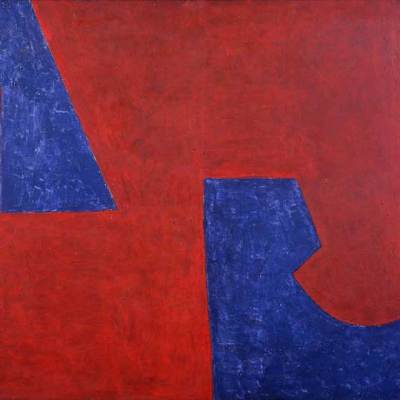A round-up of the week’s reviews and interviews
First Look: ‘Unseen’ at the Courtauld Gallery (Stephanie Buck)
The new Gilbert & Ildiko Butler Drawings Gallery at the Courtauld opens in January with the first in a series of displays which will allow us more freedom to exhibit and showcase our collection. We will organise a flexible and dynamic programme…The joy of the space will be that it won’t carry the same burden of expectation of an exhibition programme, and that is very liberating.
Unknown Dimensions: ‘Sculptors’ Drawings from Renaissance Italy’ (Ian Hicks)
In 1568 Giorgio Vasari added a section to the technical introduction of his Lives that explained the use of drawing in painting, sculpture and architecture, known as the arts of disegno. Vasari states that some sculptors do not have much practice in drawing and, accordingly, do not draw on paper, but instead practise the art of disegno through modelling in wax and clay. An exhibition at the Isabella Stewart Gardner Museum explores this claim and the relationship between drawing and sculpture on the Italian peninsula in the 15th and 16th centuries.
Fresh faces: Moroni at the Royal Academy (Sheila McTighe)
[Moroni] created a formula for the full-length portrait, combining the richest depiction of costume with the extreme sobriety of crumbling grey stone as a backdrop. Time passes and takes its toll on the worldly surroundings of these figures, but they are themselves extracted out of time. Sitters’ expressions are concentrated on some inward awareness even as their glances, over the shoulder or to one side, address the viewer in seeming intimacy…More than one modern commentator has said that Moroni’s sitters look like people we know – again an anachronism, which is perhaps the artist’s intention.
Illuminating and frustrating: William Blake at the Ashmolean Museum (Tim Smith-Laing)
This exhibition attempts to give a detailed account of Blake’s childhood, training and career, his religious affiliations, his relationships with friends, patrons, and followers, as well as crash courses in the history of (by my count) four different printing processes, before moving on to Blake’s own innovations, and their symbolic significance in his works. Inevitably, what makes it to the gallery wall by way of explanation is both too much and too little detail: a succession of facts without the necessary connective tissue to bring them together, let alone to life.







